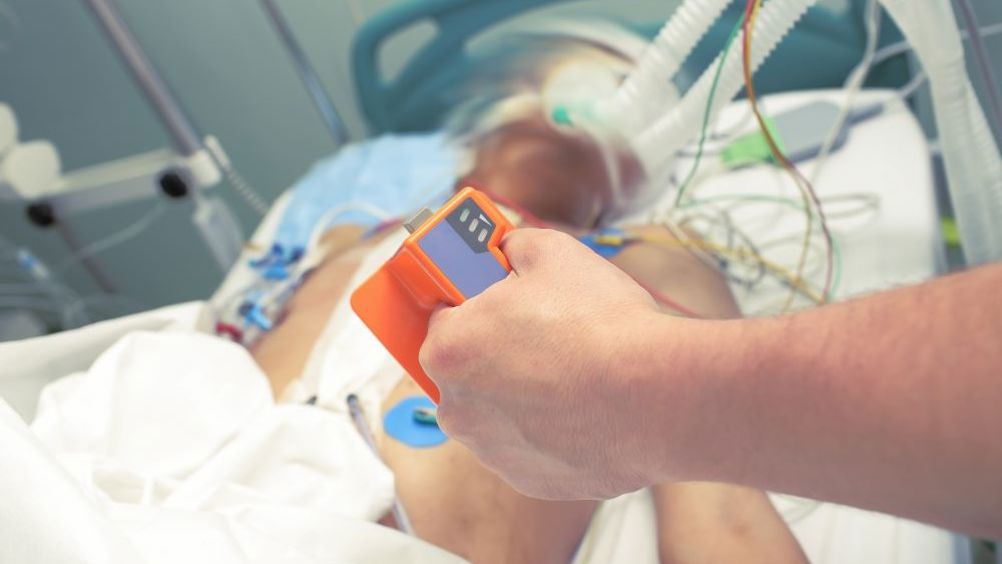References
Elective cardioversion at a district general hospital: a retrospective evaluation of outcomes

Abstract
Direct current cardioversion is a procedure for treating abnormal heart rhythms, and cardioversion is often performed electively to restore sinus rhythm in patients with persistent atrial fibrillation or atrial flutter. A retrospective evaluation of elective cardioversion data at a local general hospital was undertaken to evaluate the success and outcomes of cardioversion. This evaluation also considered the outcomes for two subsets of patients with heart failure and obesity, as it has previously been concluded that cardioversion is unsuccessful in these patients. Immediate success rates of cardioversion were high in general and remained high initially in heart failure and obese patients, but there was a drop-off in longer term success in all groups.
Atrial fibrillation (AF) poses a significant challenge to patients, physicians and healthcare systems globally. AF is the most prevalent arrhythmia in clinical practice, with an estimated global prevalence of 46.3 million (Choi and Kwon, 2022). It is more common in males than females, with ageing, ethnicity and genetics all factors affecting likelihood of AF (Hindricks et al, 2021). AF progression is associated with a decline in quality of life, which in time becomes irreversible and less amenable to treatment, consequently leading to a requirement for further interventions including pacemakers, costly heart failure treatment and a significant burden on the healthcare system.
Cardioversion is a rhythm control therapy that is recommended in symptomatic patients with persistent AF (Hindricks et al, 2021) to improve symptoms and quality of life (QoL). Indications for elective cardioversion are symptom management of AF, improving heart failure symptoms (tachycardia-mediated cardiomyopathy) and an intervention for failed pharmacological cardioversion. Boodhoo et al (2004) suggested that direct current cardioversion is the most effective method for restoring sinus rhythm in patients with persistent AF. It has been reported that cardioversion successfully terminates AF in 90% of cases (Brandes et al, 2020).
Register now to continue reading
Thank you for visiting British Journal of Nursing and reading some of our peer-reviewed resources for nurses. To read more, please register today. You’ll enjoy the following great benefits:
What's included
-
Limited access to clinical or professional articles
-
Unlimited access to the latest news, blogs and video content

